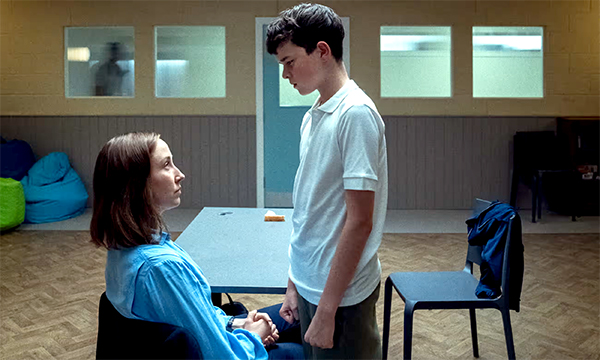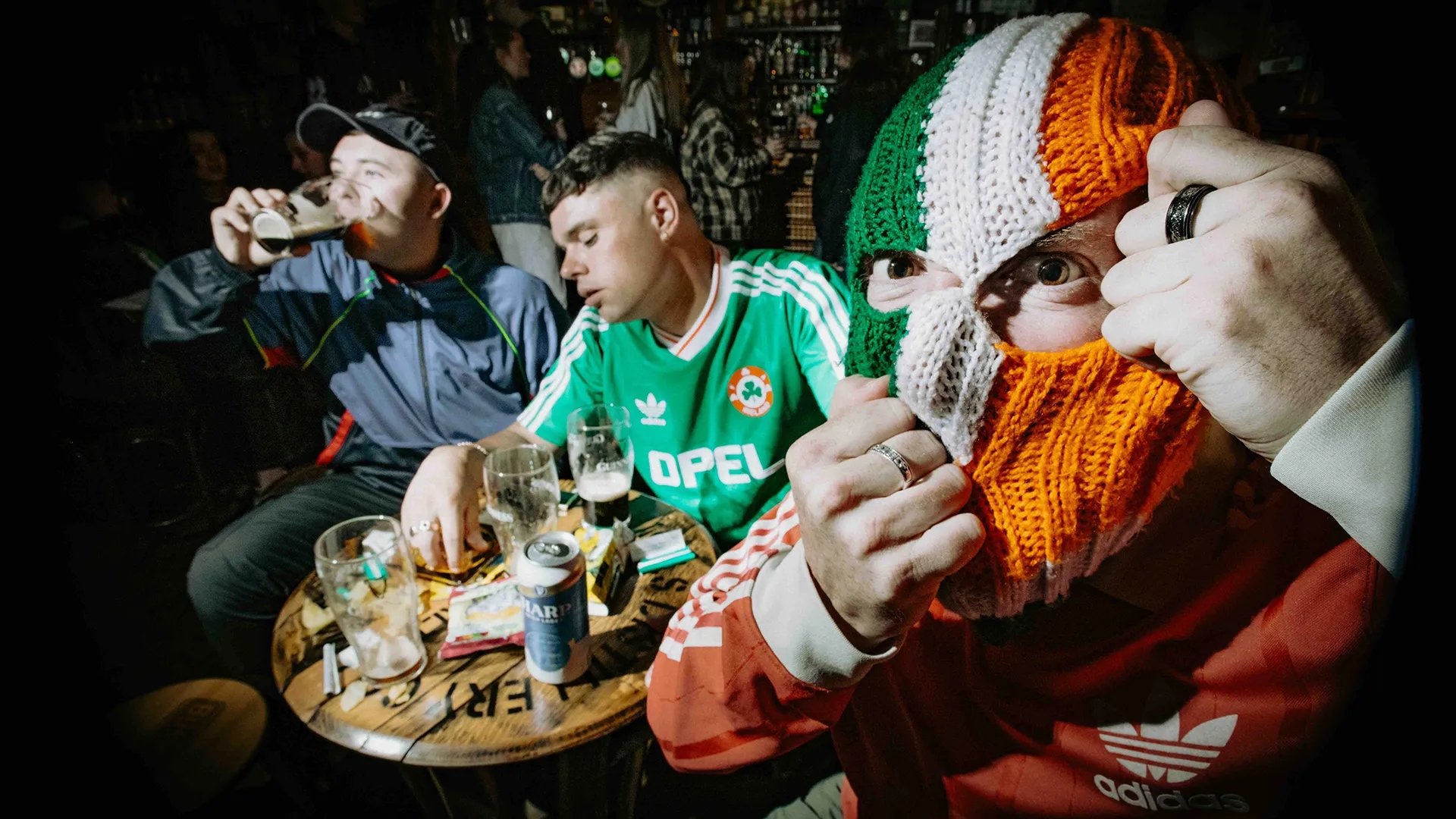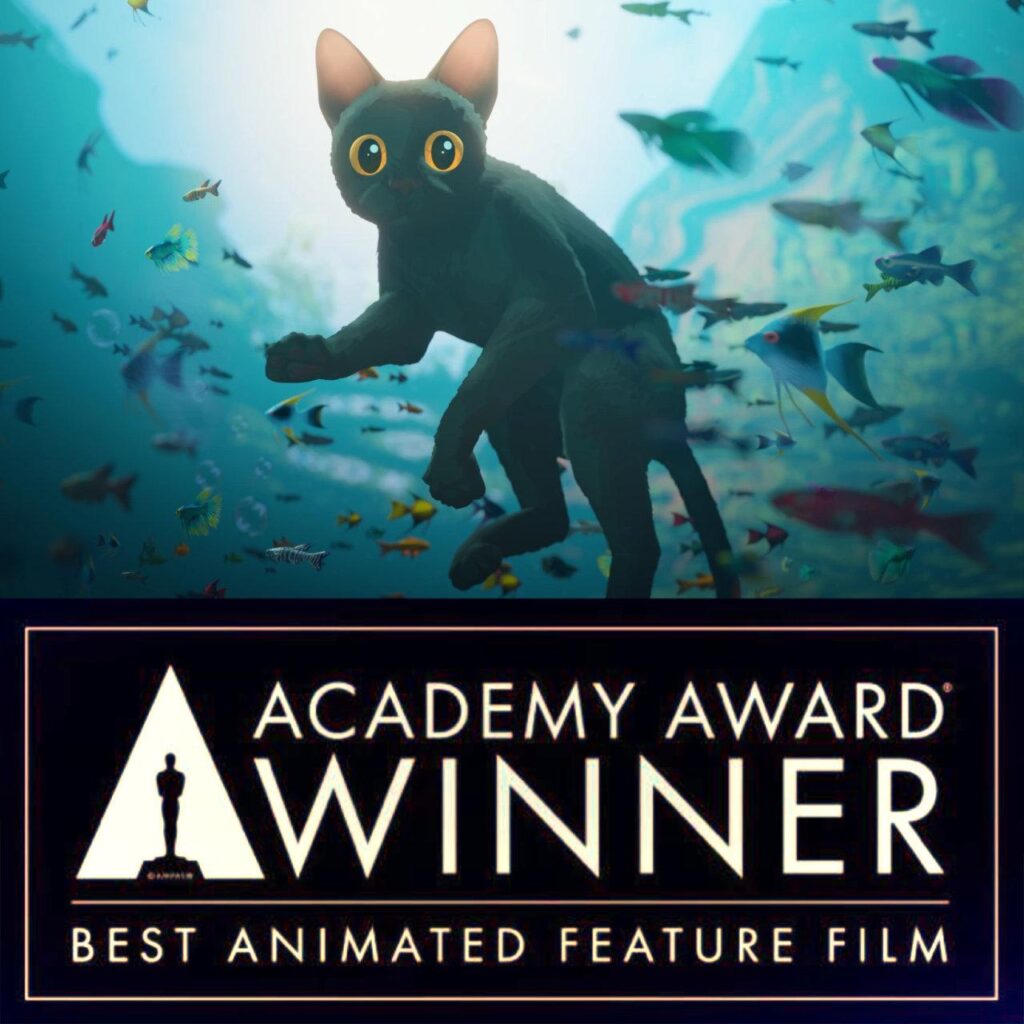Striped gangsters
- “Gay substratum always improves a movie” Quentin Tarantino Valencian writer Juan Dos Ramos and Valencian illustrator Alex Tarazon have published the essay book Gangsters Maricas: Extravagance and Fury in black film (Maricated Gánsters: extravagance and violence in black film), in which they analyze the profiles of characters of maricated gangsters in American and British cinema. Over 40 stung films and about 100 illustrations.

The world of gangsters is especially male, and it is evident that in environments full of testosterone, such as criminal gangs, prisons, military centers or internships, emotions and dynamics are often produced very far from the heterosexual canon. Ambiguity is also one of the most important features of the black genre, which extends to the sexuality of the characters. So, women haven't done well in this extraordinary universe.
Dos Ramos has read that in the documentary “Young Yakuza (Jean-Pierre Limosin, 2007), a criminal remembers an interview with the judge when he asks: “What is it like to be yakuza?” and his answer is: “To try virility.” It's a valuable testimony, because a person sure of their sexuality doesn't need to show anything to anyone. The writers, directors and actors gave us clues behind the misogyny and the demonstrations of free violence of these characters, in which mysterious impulses were produced, since the 1930s, when the first gansgters appeared in the movies”.
So, even if it sounds like a lie, the homosexual context has always existed in black film, especially in the United States. But it is so camouflaged that it goes unnoticed, especially by the influence of the Hays code. Hays was a film production code Motion Picture Production Code, a system of censorship of restrictive rules that determined what could be seen and what could not be seen in the United States. Driven by Republican leader William H. Hays, it was in force from 1934 to 1968.
However, in order to observe these occult gay manifestations, you have to have a sharp eye and watch the movies dozens of times. Thus, in a gesture of martial appearance, in the elegance of clothing, in the abusive use of a particular perfume or in the song of Doris Day that a character sings through the palm, the homosexual component is appreciated.
The book Gangsters Maricas: Extravagance and Fury in black film has been separated into three volumes in regular format: the first focuses on American cinema, between 1930 and 1950, with the appearance of the classics of the genre, but also with the establishment of the Hays code that prohibited the appearance of homosexual characters on the screen; the second chapter focuses on the new image of criminals in Lych Great Britain. Following this chronology, we have defined some illustrative examples of homosexual black cinema.

The author of the homonymous novel by The Maltese Falcon (John Huston, 1941), Dashiell Hammet, was commissioned by his
editor to “calm” the homosexual tone of the story. But filmmaker John Huston included in his film all these ambiguities in the text, in the hand and aesthetics of three criminals who fundamentally pursue the sculpture at the base of the film, while detective Humphrey Bogart felt surrounded.
Among these criminals emerges actor Peter Lorre. Dos Ramos says that “here is another of the rules of black film: to present the secondary actors as maritxu to underscore the virility of the detective protagonist. Raymond Chandler himself said it was a very common resource among the authors who wrote a black novel.”
The actor Peter Lorre performs a magnificent play in the body of criminal Joel Cairo: “He likes to go to theatres, he cares too much about its appearance and about the transparency mark left by Spad comments Bogart and his secretary.” In addition, it is very significant how Lor caresses his cane against Bogart.
Although Gilda (Charles Vidor, 1946) is known for her sensual dance show represented by Rita Hayworth, the
film also raises a hypothetical bisexual love triangle. In a port in Buenos Aires, the character depicted by Glen Ford meets a gangster. The latter bears a cane to which he refers “is a faithful and obedient friend,” says the gangster, “how I think about friendship.” “Your life is very joyful,” says Ford, who uses the adjective “gay” to say “happy” or “fun.” Soon the friendship between the two will flourish: “The fortunate, in my way, knows his peers.”
According to Dos Ramos, the cruising area meets in the port, “surrounded by antonomasia, criminals and sailors”. The analysis continues: “The gangster appears staged as a symbol of erection. The man who wants to tie offers him a very quick race on the spot. The dynamics of the love triangle is also very fun. The mafioso knows that Ford is a heterosexual candy, so he brings Gilda as an arm excuse to end together. And in order for there to be no moral doubts, the offender dies by putting his cane in: whoever puts it will disappear."
The Krays (Peter Medak, 1990) The Kray twins were the most famous mafia in the London city of 1960. “They were our
best years. They were called swinging sixties. The Beatles and The Rolling Stones dominated pop music, Carnaby defined fashion trends… and my brother and I ruled London.” Ronnie Kray said in the autobiography My Story.
In this first biopic about the evil twins, the Kemp brothers of the musical group Spadau Ballet were the protagonists. Ron, homosexual, and the Mafia brothers Ray caught fire deep when they saw the film, especially by the figure of the mother of the twins she emits. “My mother said nothing,” they cried. The film is based on the relationship between the twins and their mother, who received overprotection from their young children.
The film, meanwhile, does not delve into Ron's homosexuality because of its commercial character. Dos Ramos says that, although the public knows that Ron is homosexual, they prefer not to go too far into homosexuality, that twins are a sign of pop. They want to see their rivals tortured, and that’s what the movie does.”
Dos Ramos presents the
film Reservoir Dogs (Quentin Tarantino, 1992) and Lock & Stock as a symbol of Guy Ritchie's hyper-poverty. Thus, penile fetishism is very evident in the first scene of Tarantino's first film: while analyzing the meaning of the song Like A Virgin by Madonna, at all times they mention penes as if they were catching them.
The homosexual substratum to which the filmmaker refers can also be seen in the relationship between Mr. Orange (Tim Roth) and Mr. White (Harvey Keitel). Once the robbery has been destroyed, the target will pass the entire film hugging and swinging the bleeding orange: “We are not talking about a gay character in its literality, but about the bonds produced by these men who live in hypermasulinized environments, at all times in danger, fearing that you will always notice the personality. They face such critical situations where women have very little weight and create other emotional dynamics.”
No other land dokumentalaren zuzendari Hamdan Ballal kolono sionistek jipoitu zuten astelehenean bere herrian, beste hainbat palestinarrekin batera, eta Israelgo militarrek eraman zuten atxilo ondoren. Astarte goizean askatu dute.
Donostiako Tabakaleran, beste urte batez, hitza eta irudia elkar nahasi eta lotu dituzte Zinea eta literatura jardunaldietan. Aurten, Chantal Akerman zinegile belgikarraren obra izan dute aztergai; haren film bana hautatu eta aztertu dute Itxaro Bordak, Karmele Jaiok eta Danele... [+]
35 film aurkeztu dira lehiaketara eta zortzi aukeratu dituzte ikusgai egoteko Euskal Herriko 51 udalerritan. Euskarazko lanak egiten dituzten sortzaileak eta haiek ekoitzitako film laburrak ezagutaraztea da helburua. Taupa mugimenduak antolatzen du ekimena.
Pantailak Euskarazek eta Hizkuntz Eskubideen Behatokiak aurkeztu dituzte datu "kezkagarriak". Euskaraz eskaini diren estreinaldi kopurua ez dela %1,6ra iritsi ondorioztatu dute. Erakunde publikoei eskatu diete "herritar guztien hizkuntza eskubideak" zinemetan ere... [+]
Geroz eta ekoizpen gehiagok baliatzen dituzte teknologia berriak, izan plano orokor eta jendetsuak figurante bidez egitea aurrezteko, izan efektu bereziak are azkarrago egiteko. Azken urtean, dena den, Euskal Herriko zine-aretoak gehien bete dituztenetako bi pelikulek adimen... [+]
Otsailaren 24tik eta martxoaren 1era bitartean, astebetez 60 lan proiektatuko dituzte Punto de Vista zinema dokumentalaren jaialdian. Hamar film luze eta zazpi labur lehiatuko dira Sail Ofizialean; tartean mundu mailako lau estreinaldi eta Maddi Barber eta Marina Lameiro... [+]
A conference for architects has just been held in Madrid to discuss the crisis of the professional architect. They have distinguished the traditional and contemporary way of being an architect. What is traditional? From the epic architect who appears in The Brutalist, where... [+]























